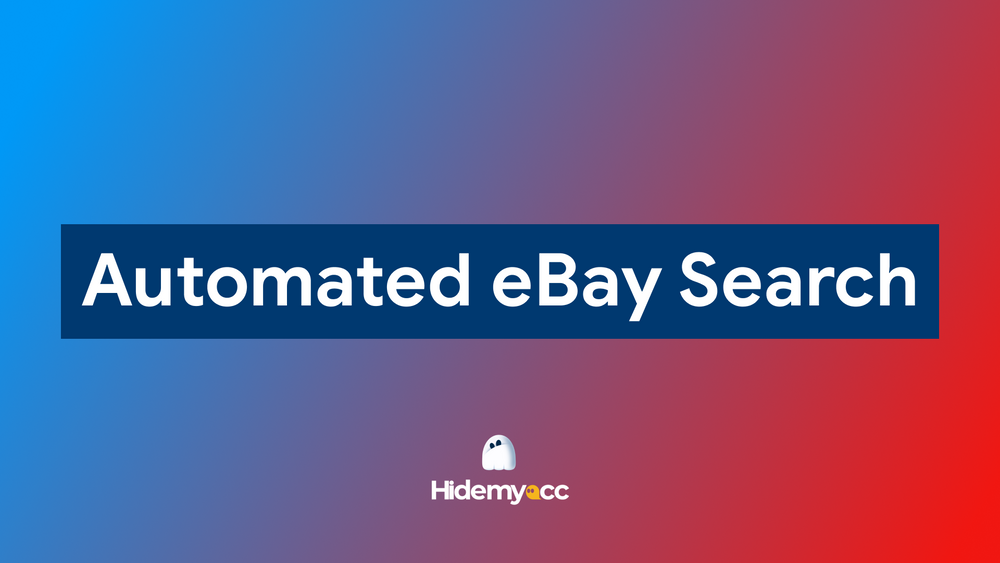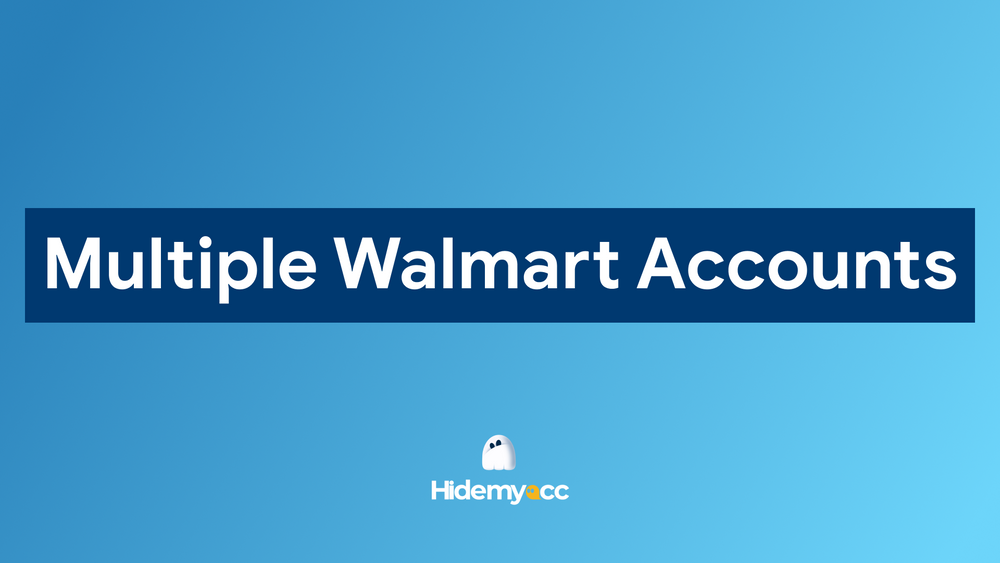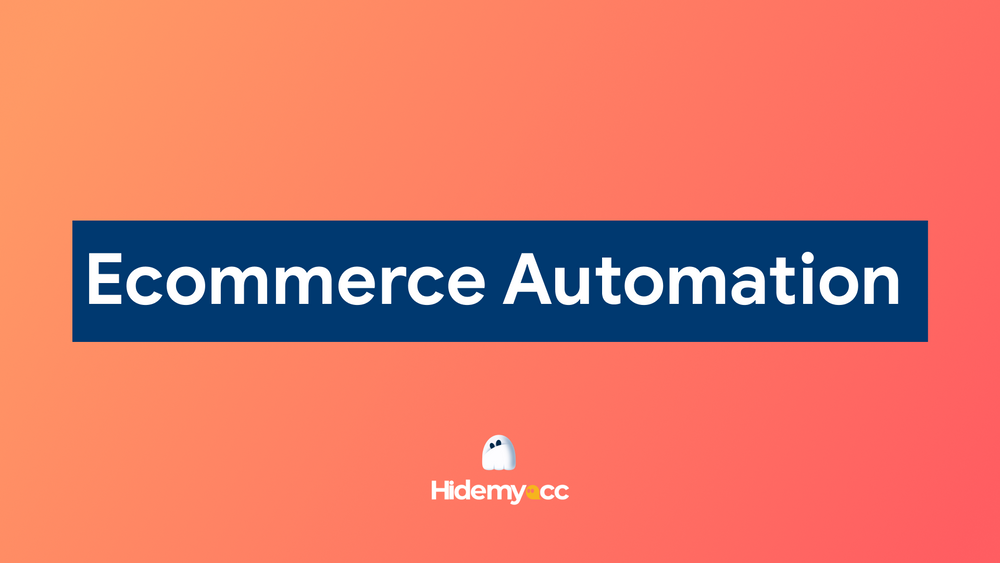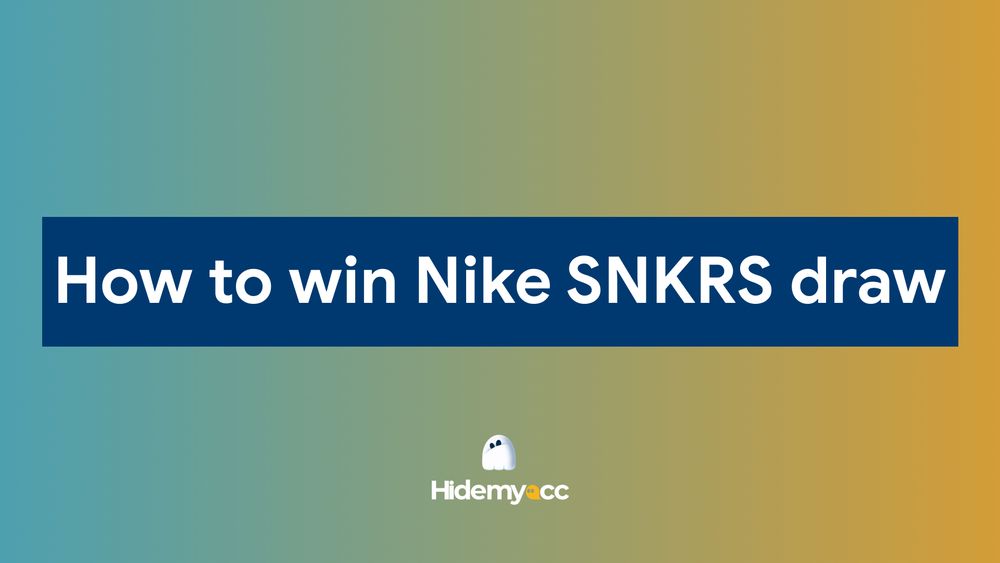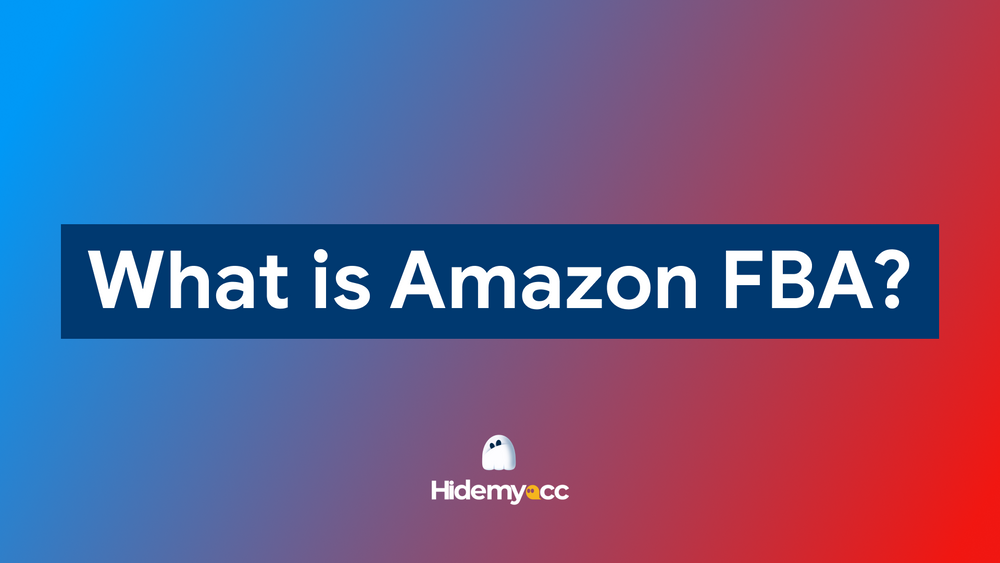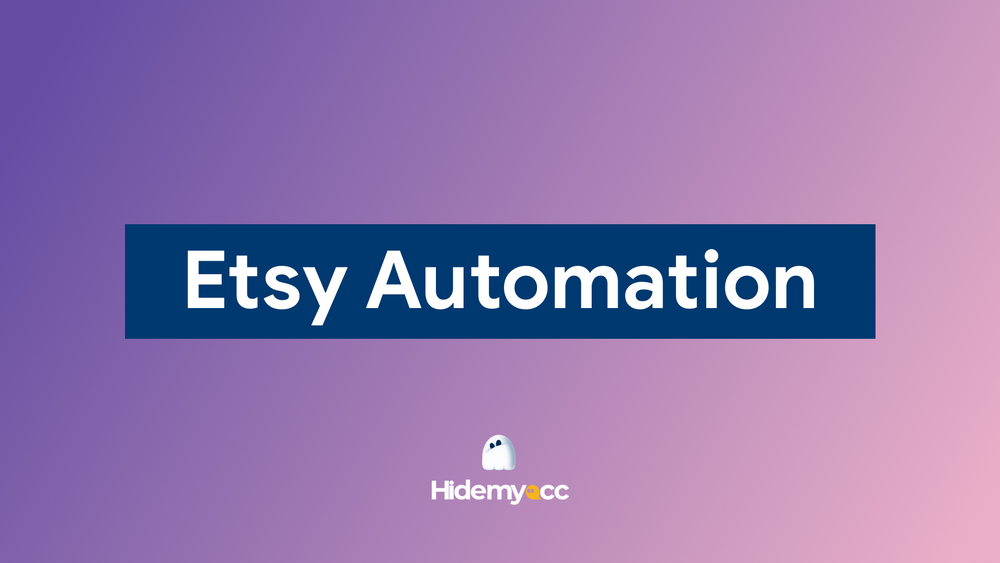Dropshipping fulfillment can make or break your online store, yet it’s one of the most overlooked parts by beginners. If you're diving into dropshipping, understanding how orders get processed and delivered is key to running a smooth and profitable business. In this article, Hidemyacc will walk you through everything you need to know about dropshipping fulfillment, explained in simple steps so you can start strong and keep your customers happy.
1. What exactly is dropshipping fulfillment?
In traditional retail, you buy products in bulk, store them, and ship them out yourself. Dropshipping flips that model. With dropshipping, you don’t keep inventory. Instead, when a customer buys something from your online store, you forward the order to a supplier. The supplier then packs and ships the item directly to the customer. This entire process is known as dropshipping fulfillment.
It’s the back-end engine of your store. While you focus on marketing and driving sales, your fulfillment partner handles the logistics. Think of it as outsourcing the physical work while you remain in charge of the customer experience.
What makes dropshipping fulfillment unique is the minimal upfront investment. You don’t need a warehouse or a garage full of boxes. You simply connect with suppliers and manage orders through an app or dashboard.
In most dropshipping setups, there are three key players:
- Manufacturers create the product but usually don’t sell directly to stores.
- Suppliers (also called agents or distributors) hold the inventory and ship orders on your behalf.
- Retailers (which refers to you) list the products in your store, set the prices, and manage customer relationships.
This model removes the risk of unsold stock but introduces a new challenge: you rely entirely on someone else to handle shipping. So, knowing how fulfillment works helps you avoid delays, unhappy customers, and refund requests.
>> Do you know How to start dropshipping? Read that simple steps for beginner to grow
>> What are the advantages and disadvantages of droshipping? Read this article
2. How dropshipping fulfillment actually works
What happens after someone places an order on your store? While it may look instant from the customer’s side, there’s an entire chain of actions taking place in the background. That is the dropshipping fulfillment process, and here’s how it works step by step.
- A customer places an order on your online store.
- Your store platform (like Shopify or WooCommerce) captures the order details.
- You or your automation tool forwards the order to your chosen supplier.
- The supplier processes the order, prepares the package, and ships it directly to the customer.
- The customer receives the product.
- You track the order’s progress and share the tracking information with the customer.
To simplify this process, many dropshippers use platforms like DSers, CJdropshipping, or AutoDS. These tools connect your store with multiple suppliers and automate key tasks like order forwarding and tracking updates, helping you save time and reduce errors.
Even with automation, there are still important details to manage:
- Order timing: If your supplier operates in a different time zone or experiences delays, fulfillment might take longer.
- Shipping method: Options like ePacket, USPS, FedEx, or local postal services vary in cost and delivery speed.
- Tracking: Providing accurate tracking details improves transparency and builds trust with your customers.
The fulfillment process might be invisible to the customer, but it plays a big role in their overall experience. When everything runs smoothly, you’re more likely to receive positive reviews and reduce refund or support requests.
3. Pros and cons of dropshipping fulfillment
Like any business model, dropshipping fulfillment has both advantages and challenges. Knowing them in advance will help you plan smarter and avoid common pitfalls.
3.1. Why is dropshipping fulfillment a good option?
This model offers a lot of flexibility, especially for beginners or solo entrepreneurs. Here are some of the key benefits:
- Low upfront costs: You don’t need to buy inventory until you get an order. This reduces risk and startup costs.
- Flexibility: You can run your business from anywhere, sell globally, and test product ideas quickly.
- Scalability: As your store grows, you don’t need to hire a warehouse team or manage physical logistics.
These advantages make dropshipping fulfillment one of the easiest ways to start an online business without heavy investment.
3.2. What problems should you look out for?
Despite the perks, there are a few downsides you should be aware of, especially as you scale up.
- Shipping times: If your supplier is overseas, customers might wait 2–4 weeks for delivery.
- Quality control: Since you never see the product before it ships, there’s a risk of defects or packaging issues.
- Stock availability: If your supplier runs out of stock, your order could be delayed or canceled without notice.
The biggest risk is miscommunication. If something goes wrong, you’re the one the customer reaches out to, even when the issue comes from the supplier’s side. That’s why working with reliable partners and keeping communication clear is so important.
4. Which fulfillment strategy is right for you?
There’s more than one way to handle order fulfillment when running a dropshipping store. The best option for you depends on your business goals, the types of products you sell, and how involved you want to be in daily operations.
4.1. Manual fulfillment
This method involves receiving orders, checking stock, and placing each order with suppliers by hand. It gives you full control but can become time-consuming and error-prone as your business grows.
4.2. Automated fulfillment
Automation tools like AutoDS or DSers sync directly with your store. They automatically forward orders to suppliers, upload tracking numbers, and send updates to customers. If you’re getting daily orders, this is often the most efficient option.
4.3. Private agents or 3PLs
Some sellers work with dedicated fulfillment agents or third-party logistics providers (3PLs), often based in countries like China or the US. This route offers benefits like faster shipping times, branded packaging, and better stock visibility.
Before choosing a strategy, ask yourself:
- Do you plan to build a long-term brand or just test trending products?
- How many orders are you expecting to handle daily?
- Will you need custom packaging or faster delivery options?
If you’re just getting started, begin with automation to save time and reduce manual work. As your store grows, you can explore working with agents or warehouses to optimize the experience further.
5. How to manage multiple dropshipping accounts safely
As your dropshipping business grows, you may find yourself running multiple stores across different platforms. Managing all of these accounts from a single device can be risky. Platforms are quick to detect overlapping activity, shared fingerprints, or reused IPs.
That’s where Hidemyacc becomes essential.
Hidemyacc is a browser-based tool built specifically for managing multiple accounts in a safe and scalable way. Each account runs in its own isolated environment, complete with unique fingerprints, browser profiles, and proxy settings. This separation ensures your stores remain unlinked and protected from detection.
With Hidemyacc, you can:
- Create unlimited browser profiles with unique device fingerprints
- Assign different proxies to each account for better separation and targeting
- Manage all accounts from one dashboard without cross-contamination
- Organize your workflows using folders, projects, and team access controls
Whether you're running several branded stores, scaling product tests, or managing client operations across platforms like Amazon, eBay, Facebook, etc., Hidemyacc gives you the control and protection you need.
For dropshippers focused on growth, account safety is not optional. It is the foundation for scaling without disruption.
6. Best practices for smooth fulfillment
Even if you’re using automation tools, fulfillment still requires attention to detail. A smooth process isn’t just about speed. It’s also about consistency, communication, and setting the right expectations from the start.
- Work with reliable suppliers: Check reviews, place test orders, and understand their handling times before you scale.
- Set clear shipping expectations: Show estimated delivery times directly on your product pages to avoid confusion.
- Track every shipment: Always provide tracking numbers, even for low-ticket items. Customers expect to know where their order is.
- Stay organized: Use a centralized system or spreadsheet to monitor orders, returns, and customer issues.
- Be proactive with communication: If a delay or issue comes up, inform your customer before they reach out.
A well-run fulfillment process often goes unnoticed by customers when it works properly. But when it fails, it becomes the first thing they complain about. That’s why strong systems behind the scenes matter more than most people realize.
7. Conclusion
Dropshipping fulfillment may seem complex, but it’s really about getting orders to your customers on time and as expected. When done right, it builds trust and keeps people coming back.
As you grow, automation can help simplify your workflow. Tools like AutoDS handle order processing, while Hidemyacc supports multi-account management and simulates real shopping behavior. This is especially useful for testing products on platforms like Amazon or eBay.
Start small, automate where it makes sense, and focus on consistency. Customers don’t care who ships the order. What matters is that it arrives on time and as promised.
Read more in this article: Automated dropshipping basics: What it is and how it works. Learn how to automate dropshipping, making your online money making process easier
8. FAQ
1. Can dropshipping be fully automated?
Yes, using automation tools like AutoDS or DSers, many parts of the dropshipping fulfillment process can be automated, including placing orders, updating tracking, and notifying customers. However, you should still monitor operations and resolve exceptions manually.
2. What is fulfillment in dropshipping?
Fulfillment in dropshipping is the process of handling and shipping orders from a supplier directly to the customer after a purchase is made in your store. You don’t store or touch the product.
3. What is fulfillment in ecommerce?
In ecommerce, fulfillment refers to the entire process of receiving, processing, packaging, and delivering orders to customers. This can be done in-house or through third-party logistics providers.
4. What does fulfillment mean in shipping?
In shipping, fulfillment means the steps taken after an order is placed: picking, packing, and handing off the product to a carrier to deliver it to the customer.
5. What fulfillment strategy does drop shipment follow?
Dropshipping typically uses a supplier-based fulfillment strategy, where orders are sent to external suppliers who handle packaging and shipping. Some advanced sellers use agents or 3PLs for faster and more branded fulfillment.
6. What is fulfillment on Shopify?
Shopify supports both manual and automated fulfillment. Apps like DSers or CJdropshipping can automate order handling directly from your Shopify dashboard.
7. Is dropshipping worth it in 2025?
Dropshipping is still profitable in 2025, especially for niche markets and branded stores. However, success depends on strong marketing, reliable suppliers, and smooth fulfillment systems.
8. How do I fulfill orders on Shopify dropshipping?
You can manually place orders with suppliers or use fulfillment apps like AutoDS or DSers that automatically send order details and track shipping status. Shopify integrates easily with many of these apps.

